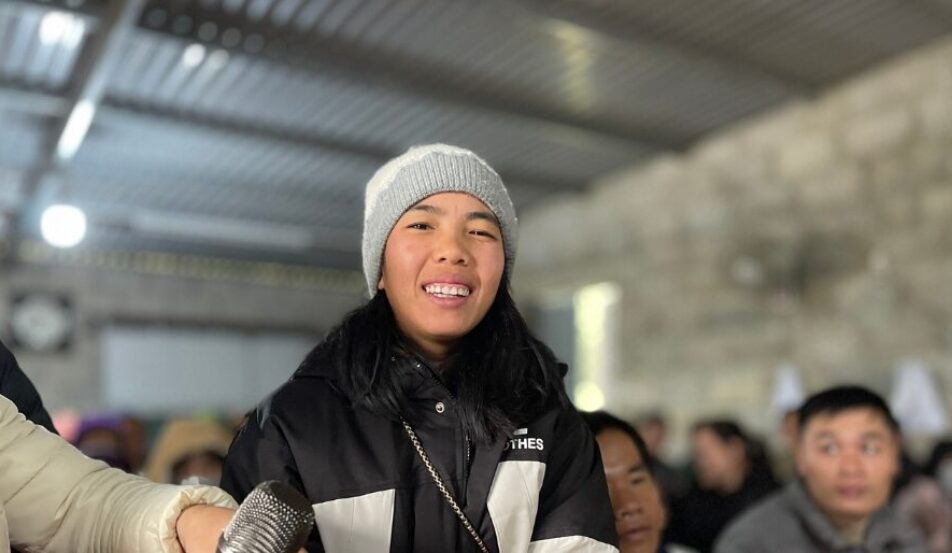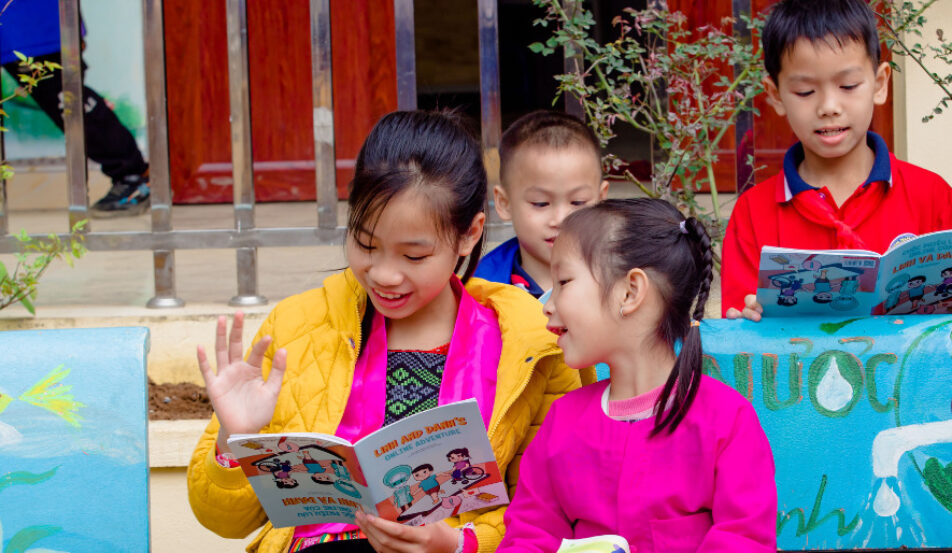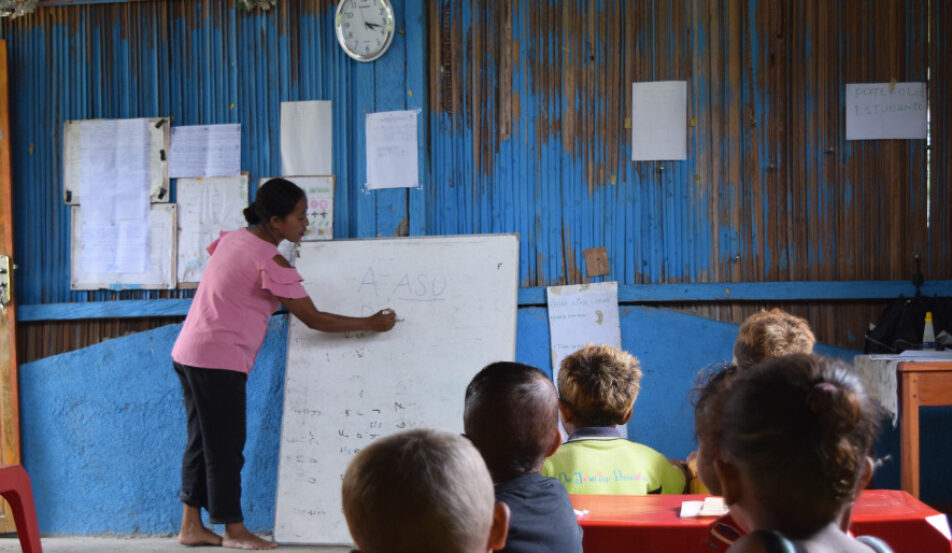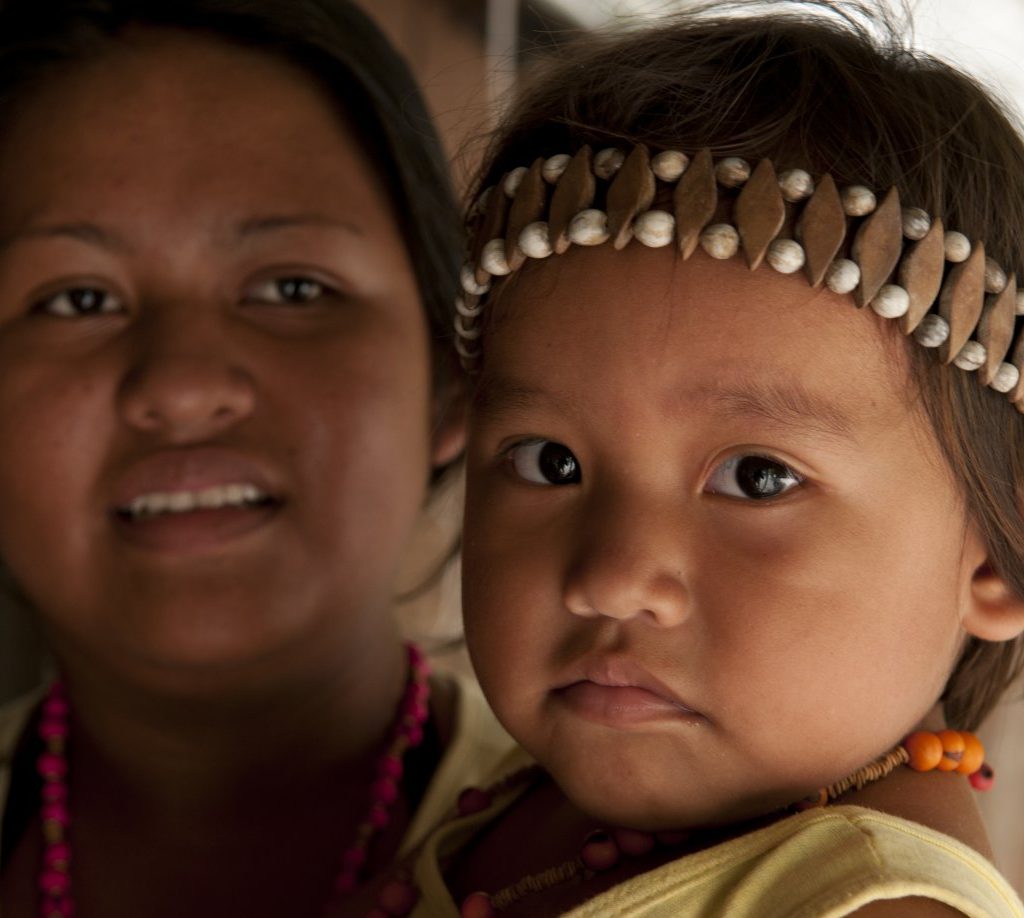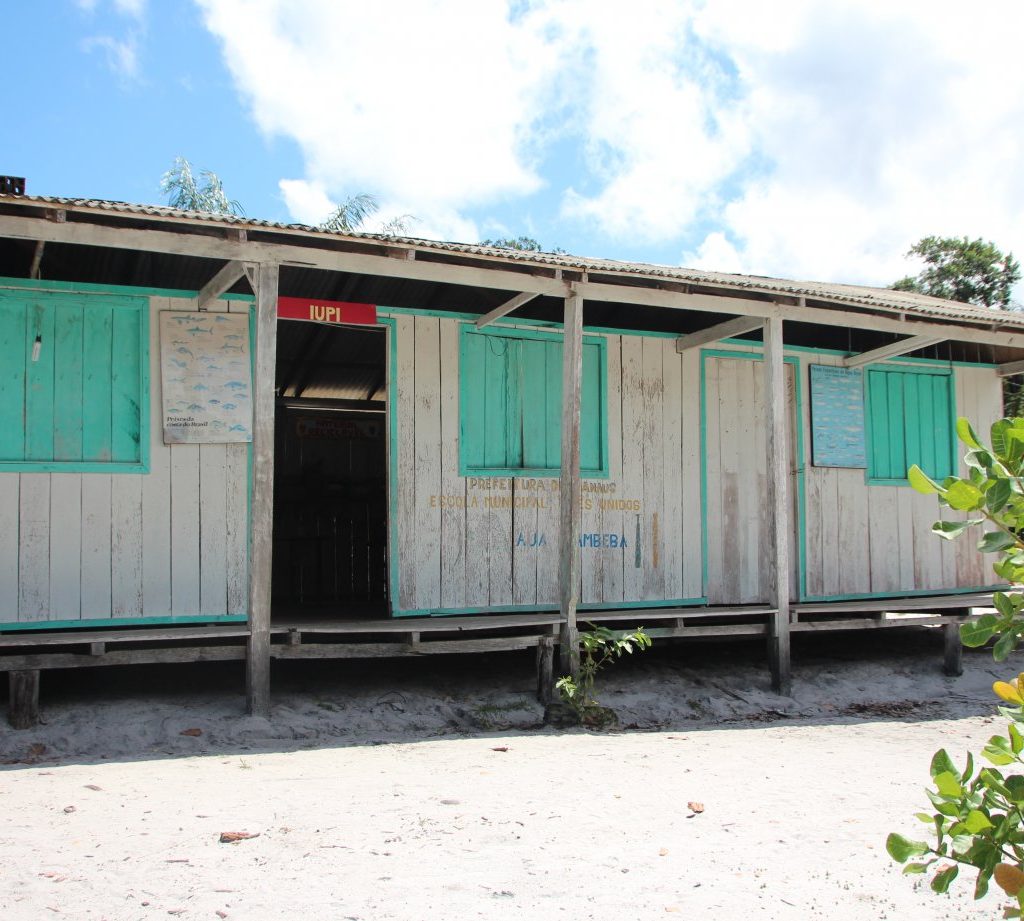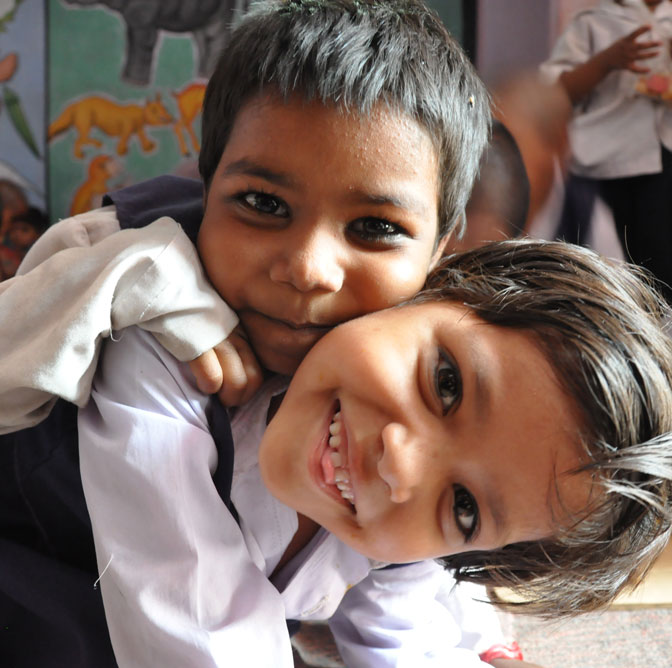Living in such seclusion means communities here have very little access to basic services, let alone modern day conveniences. While the Brazilian government policies on education and healthcare focus on provision for all Brazilians, in practice this is far from easy. In a region where access to a community may mean a travelling by boat for as many as three days, it can seem logistically impossible.
Fortunately, a new partnership arrangement between ChildFund Brasil and Fundacao Amazonas Sustentavel (The Amazonas Sustainable Foundation or FAS) is focused on alleviating poverty, while also protecting the environment, for local communities in the Amazonas.
Leandro Pinheiro, FAS’ education and health program coordinator, explains: “In some communities, as many as 97% of the population is illiterate. Schools are often in disrepair, and it is extremely difficult to find teachers – and just as difficult to ensure that they stay. Staff turnover of educators is very high.”
In Brasil, local government is responsible for primary education, with the state taking care of secondary schooling. In the tiny indigenous hamlet of Tres Unidos, high school children can take part in remote learning via satellite, connecting to educators in the capital of Manaus during live broadcast classes and internet technology.
For primary-aged children in the same community, school means a dilapidated building with no bathroom and few materials. Classes are unbearably hot in the afternoons as the school faces the setting sun, and children are drenched if it rains. Fortunately, Raymundo, son of the village elder, is the resident principal and teacher of the school. In other communities, teacher roles can remain vacant for months.
The difference between the two forms of education is stark – and with such a low standard of primary schooling, it is not surprising that secondary enrolments, despite the modern facilities available, are extremely low.
ChildFund Brazil has launched a new School Sponsorship program in order to improve access to primary education, in line with the Millennium Development Goals. This includes renovating existing primary schools and providing educational facilities – such as desks, chairs and learning materials. In indigenous communities, this includes working in partnership with village leaders to ensure that the curriculum includes a focus on local history, customs and language.
To encourage teachers to move to this secluded part of the world, good quality accommodation is also being constructed. Twenty schools serving around 500 children are currently being planned, with additional sites being scouted. While some communities are so small that a school would only be used by a handful of children, it is hoped that even those children forced to travel by boat will only have short distances to cover.
In addition to education projects, ChildFund will also partner with FAS to develop programs on early childhood development, using its expertise in child-focused development to give Amazonian children the best start in life. FAS continues to support government initatives in healthcare, including the management of a river ambulance service, and is helping communities develop new livelihoods, such as Brazil nut farming.
Education is key to poverty reduction, and by giving children in the Amazonas access to quality primary schooling, ChildFund and FAS help to improve their quality of life.
Not only that, but these guardians of the forest are also given the opportunity to create sustainable livelihoods that ensure that the world’s greatest environment asset is saved for generations to come.
Photos © FAS and ChildFund Australia.



